
Surplus and zero discharge for plugin solar kits
As customers every now and then ask us about surplus energy of their kits, and if they should install a zero discharge device, we want to shed some light on the matter, and do the numbers for you, to better understand the real importance of these topics.
What is an electrical code for?
A plug & play solar kit is a power generation installation, normally subject to the regulations of a country’s electrical code. The purpose of these codes is generally to regulate electrical installations and create standards to assure safety of people and property, as well as grid stability. When it comes to solar, these codes were initially written for the originally intended use of this technology: large, utility scale solar farms. Over time the codes have been adapted to reflect a more diverse use of the technology, such as in industrial or commercial installations of different size and purpose. Residential rooftop installations for self consumption were a further step in the evolution of the codes, as they are comparatively small, significantly less complex, and used a majority of production on site, not to inject the electricity into the grid. And yet, surplus electricity from a 5 kWh or 10 kWh installation of a roof at peak production time can pose a challenge for the local grid’s infrastructure. As in so many cases, regulation follows the market. When innovations appear, regulations might not always grasp their scope straight away.
How much surplus to expect from a plug & play solar kit?
A plug & play solar kit is, in the context of all solar installations, a micro-generator. With a maximum output of 800 W like our Robinsun Performance 800 (less than the consumption of a microwave oven or air conditioner) its impact on an electrical grid is negligible. In Germany the 800 W limit is called the “Bagatell-Grenze”, a limit under which any power is irrelevant to a grid’s safety. This means that even in the theoretical extreme case, where a solar kit reaches its maximum theoretical output of 800 W, and would discharge 100% of that power to the grid, it would cause no harm.
Now, the declared 800 W output is a theoretical value that a kit almost never reaches, the same way as a car never reaches the declared petrol consumption or km range. And every household has at least some consumption at all times, from devices like a fridge (200-500 W), a TV (100-200W), a wireless speaker (50 W), a WiFi router (10 W) or a LED bulb of medium-low efficiency (10-15W). During the day the production of your south-facing kit increases during the morning, reaches its peak output at lunchtime and decreases during the evening. This means that in a real life scenario, you are likely to consume the entire production of your plug & play solar kit, or at least the vast majority, generating no surplus, or just very, very little. And in any case, none of that poses a safety threat to people and property.
What is a zero discharge device?
A zero discharge device is a device that monitors the electricity flowing through the main power line from the grid into the home, and in case electricity is discharged the other way around, from the household into the grid, instructs another device to stop doing so. This other device can be a micro inverter or smart plug. This way it assures that no energy is discharged into the network. Zero discharge devices come in different types, and usually cost €80-150.
Let’s do some math
To frame your surplus in economic terms, consider a plug & play solar kit’s production of 1.500 kWh/year, of which for example 10% are surplus, or just 150 kWh/year. Any power company compensating you for your surplus will pay you much less for it (for example €0,10/kWh) than it charges you for the electricity you buy from the grid (for example €0,30/kWh). Total compensation in this example would be €15/year. The 150 kWh you discharge amounts to 0,4 kWh/day, or an average of 50 W/h (the power consumed by a WiFi speaker) during 8 hours of sunshine per day. This amount is so little it is highly unlikely a power company will even notice it, as it causes absolutely no impact to the power grid.
This discharge level of course varies throughout the months of the year and hours of the day, but in any case is negligible and poses no threat to people and property. To avoid this minimal discharge, you have to spend €80-150 for the zero discharge device, and install it, manipulating your distribution panel.
In some countries you can avoid installing a zero discharge device by certifying the installation of your plug & play solar kit. Other than saving you the cost of the device and the hassle of its installation, another benefit is that you can get compensated for your surplus electricity you discharge into the network. In the example above this would mean €15/year, or €1,25/month. Certification has a cost though, both for the certifying company as well as in some places government taxes or fees. The total cost can range from €150 to €300. This means that it will take you 10 to 20 years to earn back the cost of certification with the compensation payments for your surplus energy by your power company.
Conclusions
Any electric code requiring certification or installation of a zero discharge device for a plug & play solar kit is a clear case of regulation trailing market development. Spending hundreds of Euros to certify a big residential installation that costs thousands if not tens of thousands of euros makes total sense. But for a plug & play solar kit, that can cost as little as €449, the cost of certifying is completely unproportional. Equally unproportional is the requirement to spend money on a zero discharge device, considering the extremely low amount of power discharged and the total lack of any risk to people and property, or any impact on the electrical grid.
Customers are generally practical when it comes to these regulations. As we recently reported on the German market for plug & play solar kits, in a market where households have to simply notify the network operator of the installation of a kit, 50-80% just don’t bother to do so. In a market where up to 1.500.000 plug & play solar kits have been installed, there have been no registered incidents with any of them. The installed power of these kits equals half a nuclear power plant, having an enormous impact on the decarbonization of household energy and saving customers millions of Euros every year.

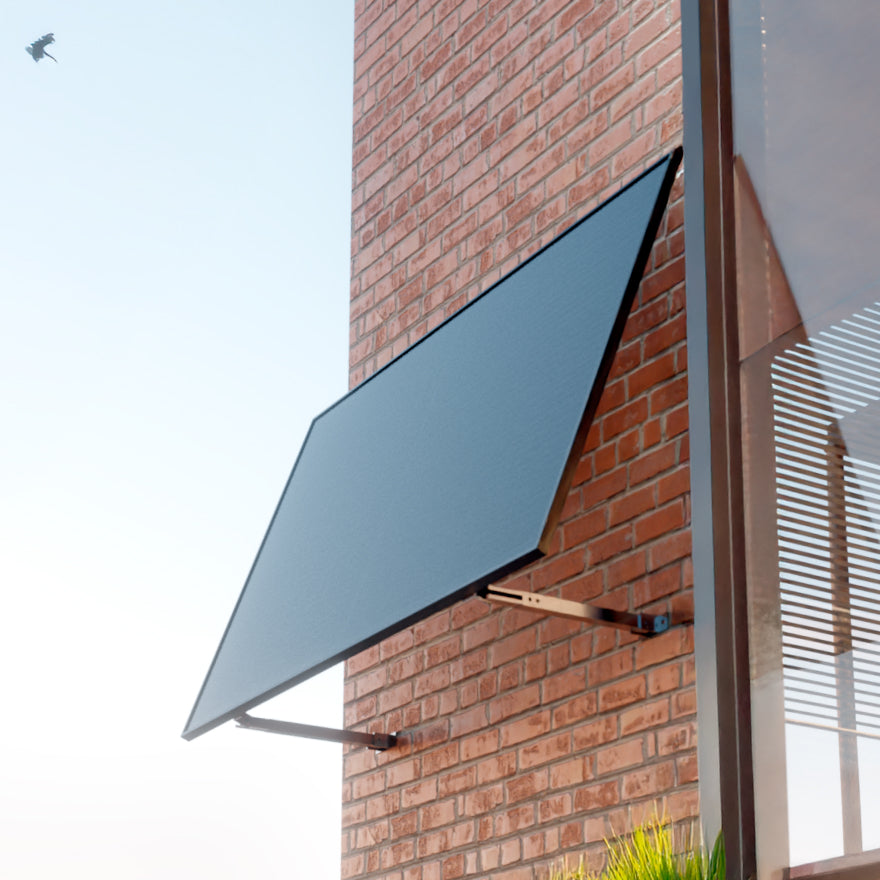
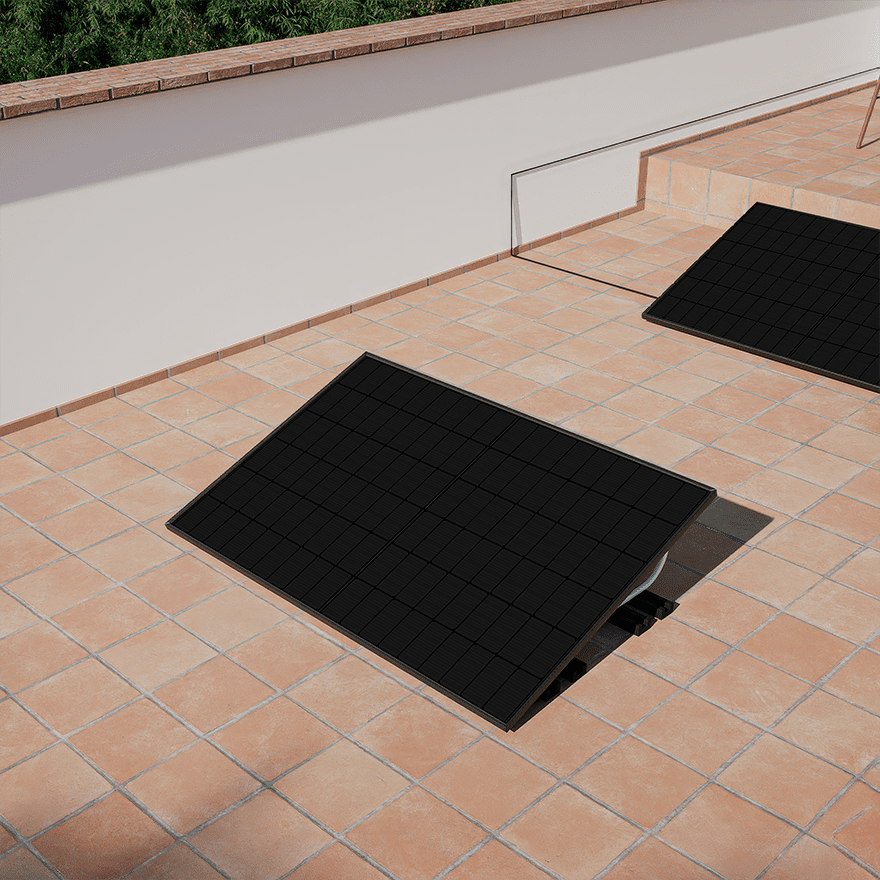
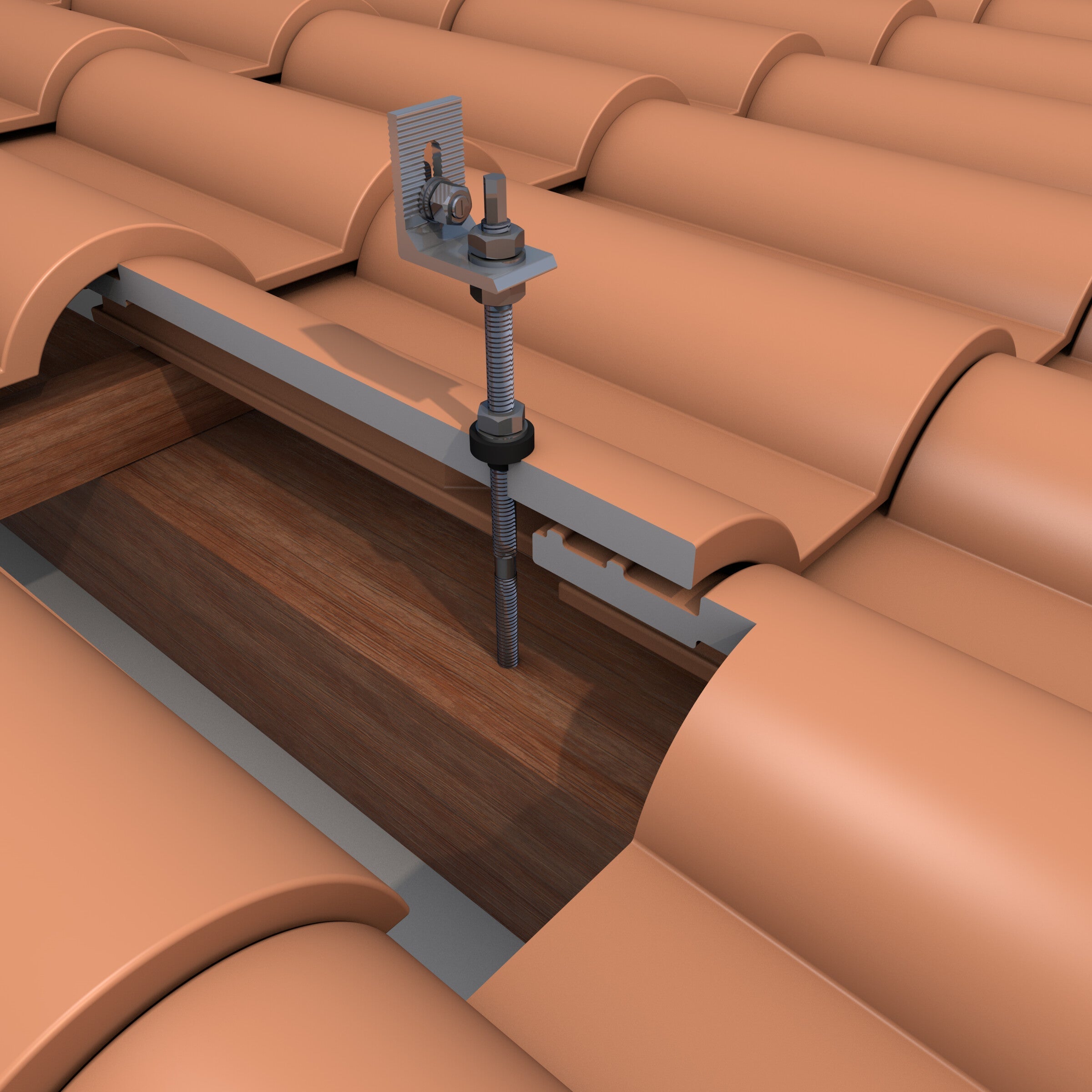
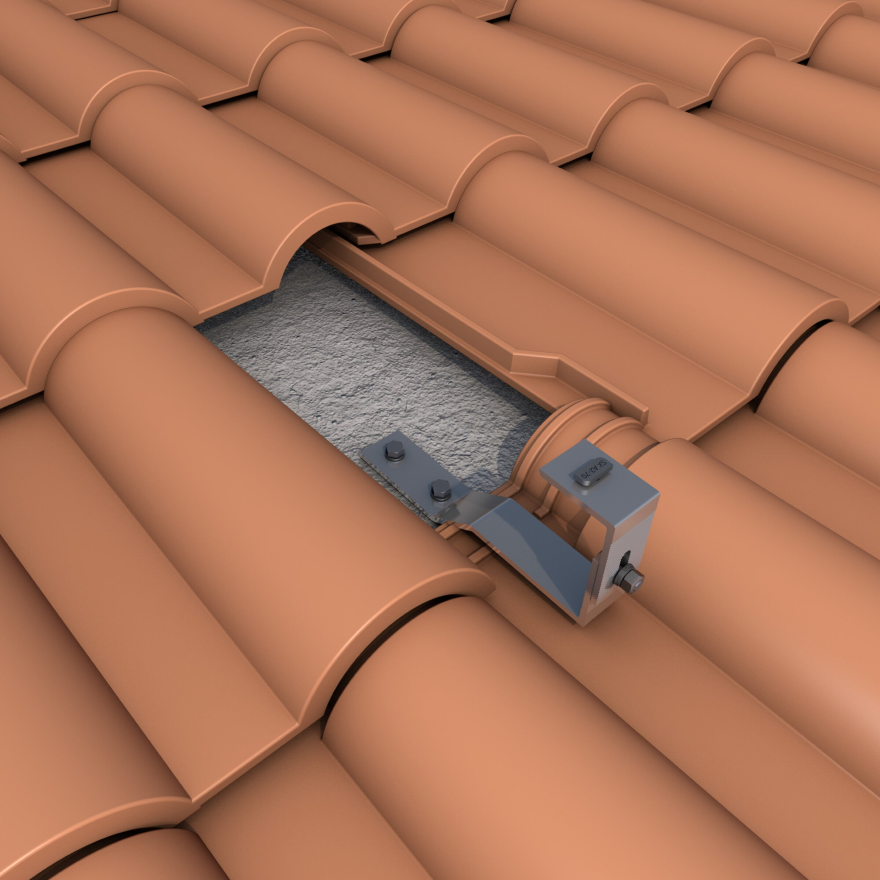
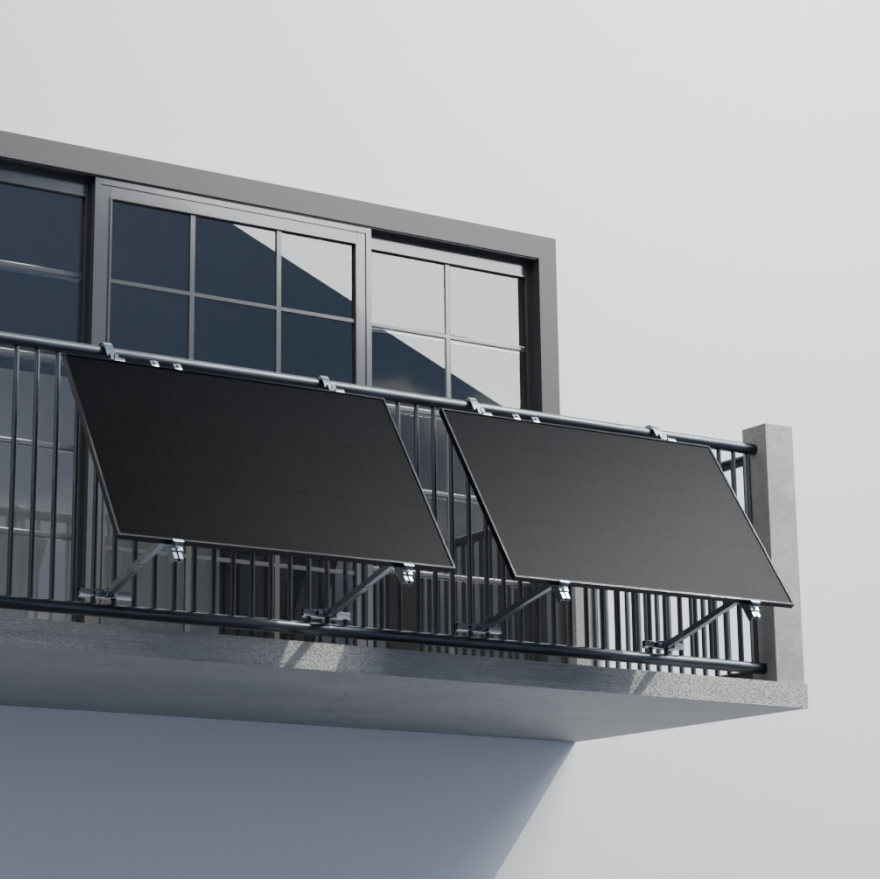
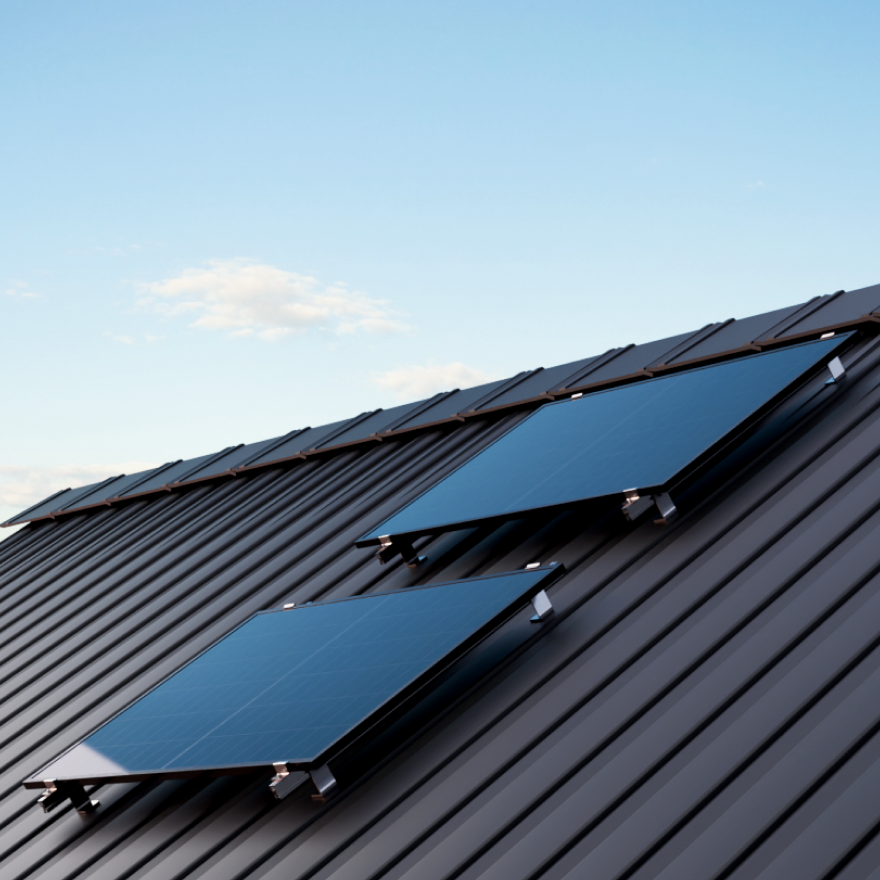
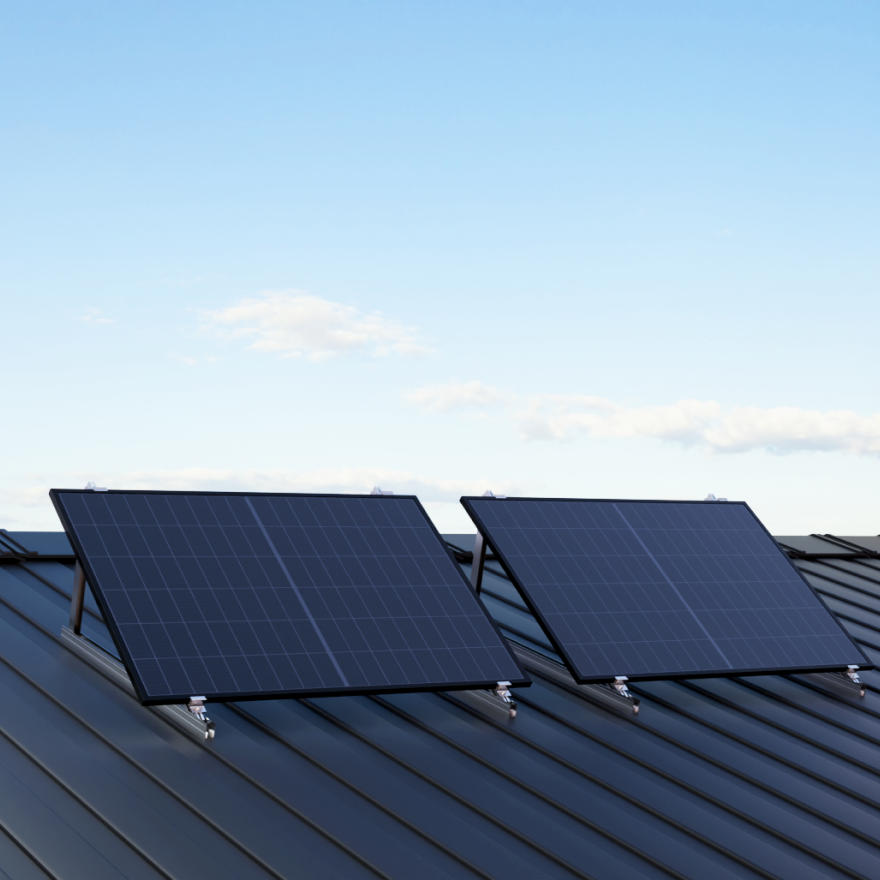

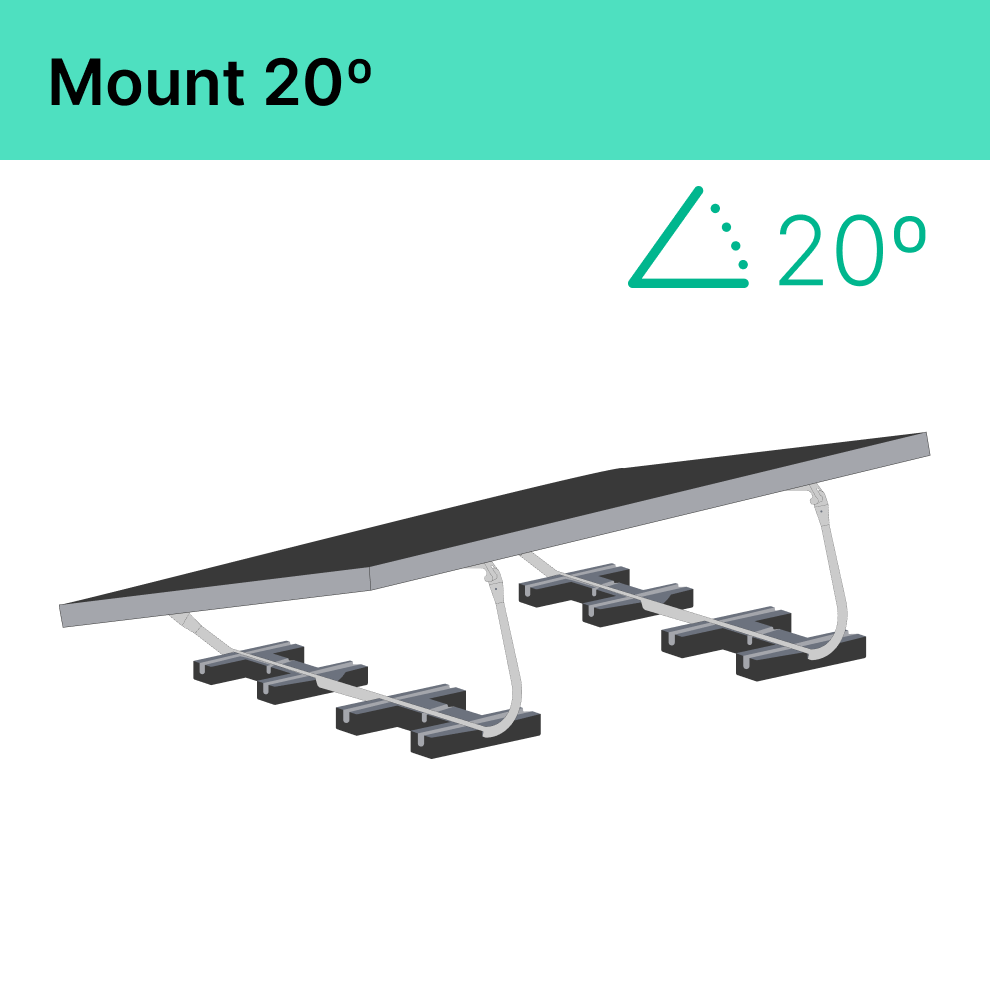

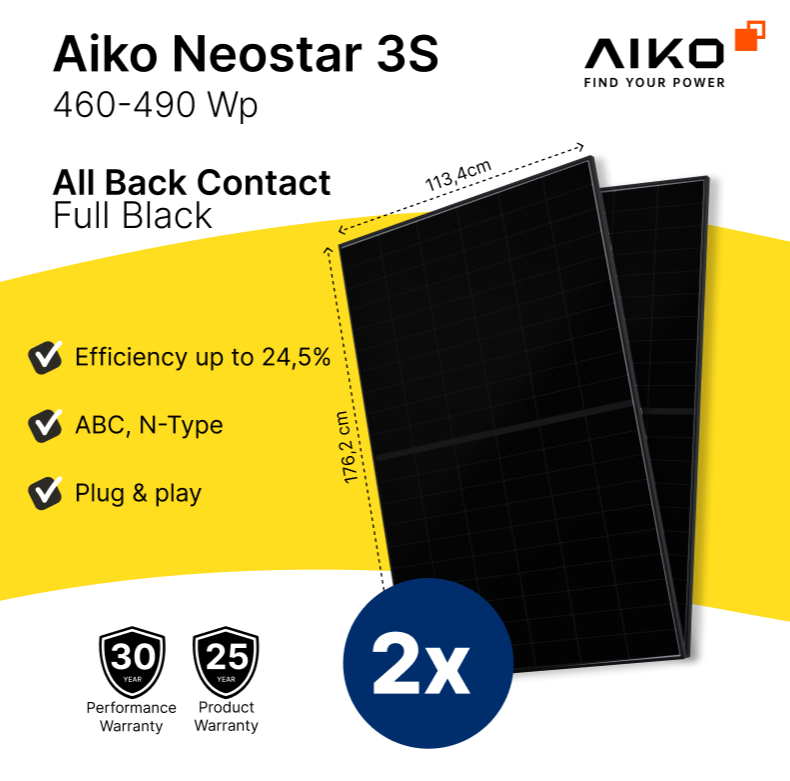
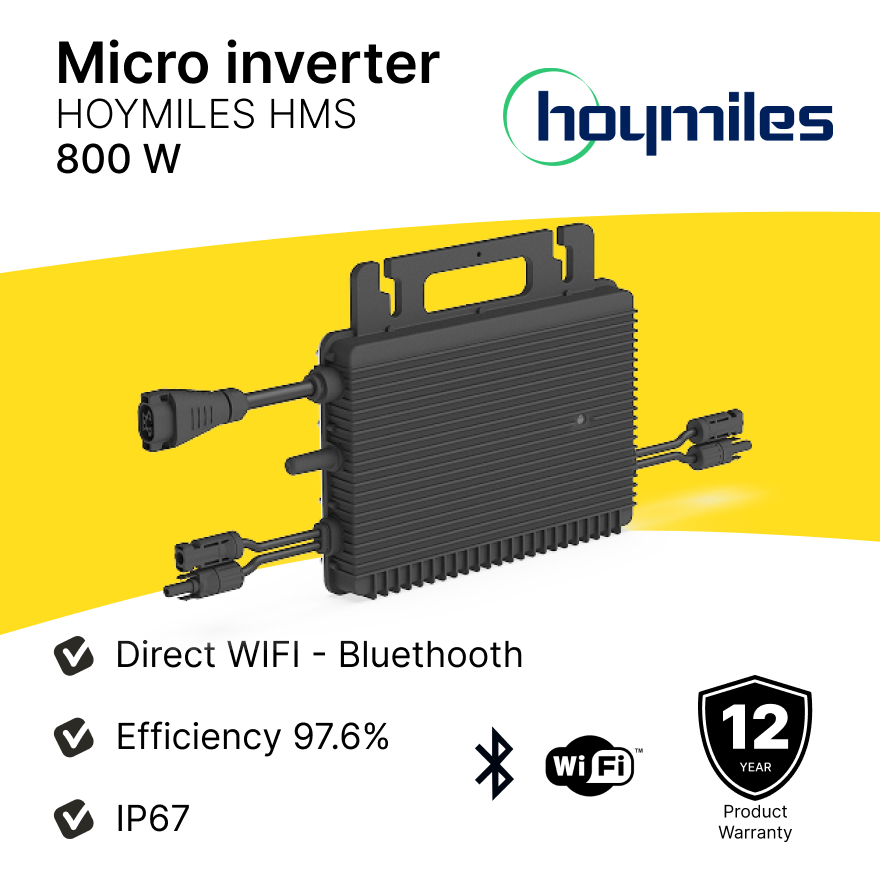
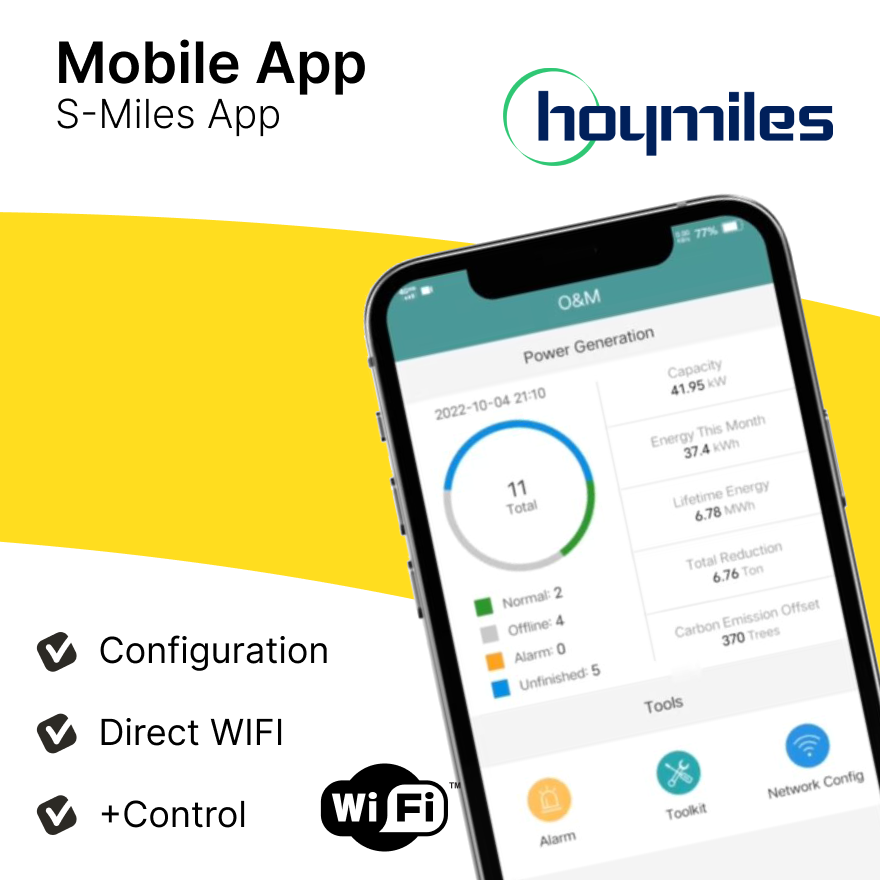
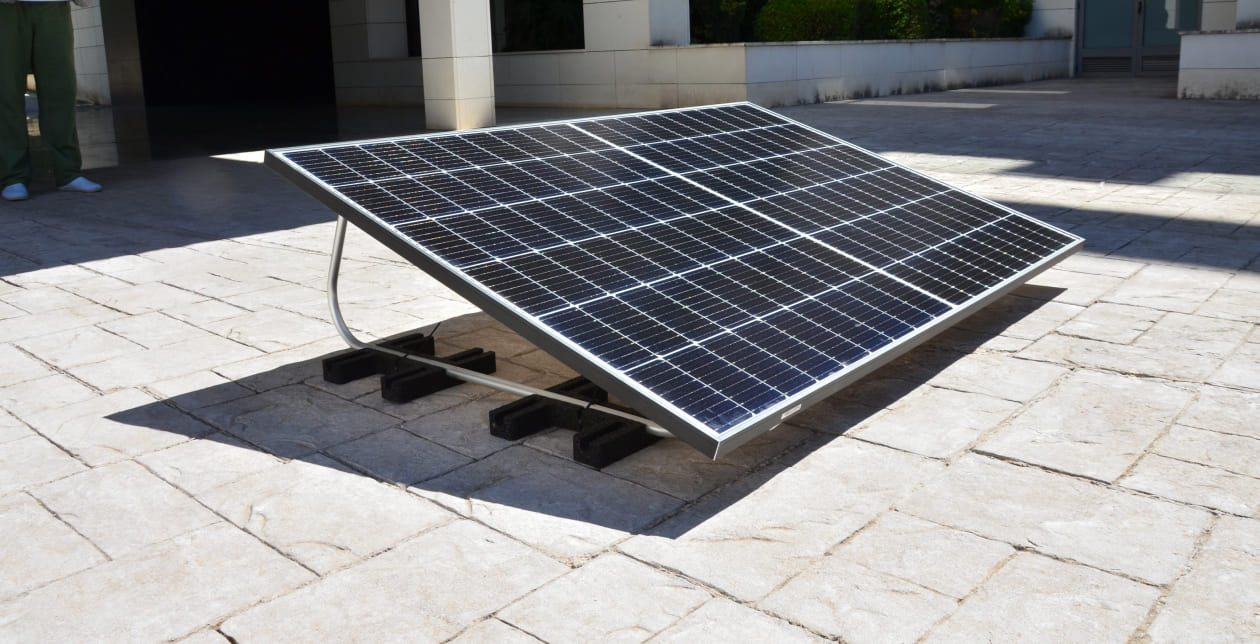

2 commenti
Actualmente, los sistemas de vertido cero que ofrecemos deben ir acompañados de un sistema de almacenamiento, como las baterías de Anker o Marstek. Al conectar la batería con el smart meter o el dispositivo de vertido cero y tu kit solar, el excedente de energía producida se almacena en la batería. Si no consumes esa energía, el smart meter lo detecta y regula automáticamente la producción para evitar que se vierta a la red.
Anonymous
dispongo de un microinversor tsum sm2000 y quisiera saber que dispositivos hay en el mercado para hacer un vertido cero.gracias
luis
Commenta
Questo sito è protetto da hCaptcha e applica le Norme sulla privacy e i Termini di servizio di hCaptcha.